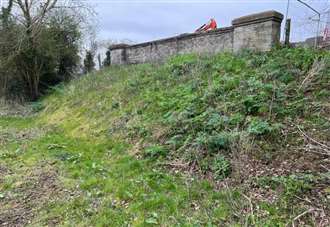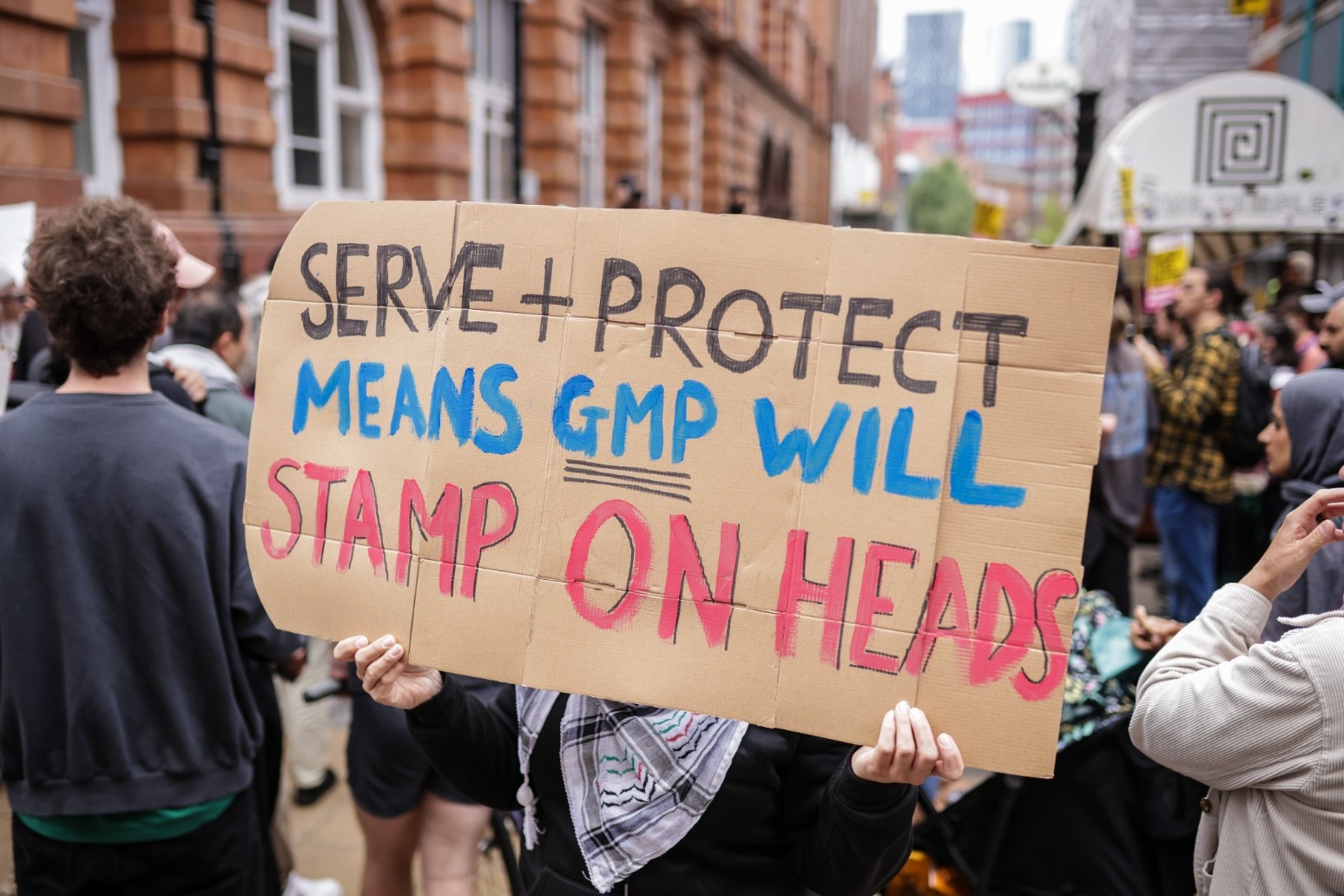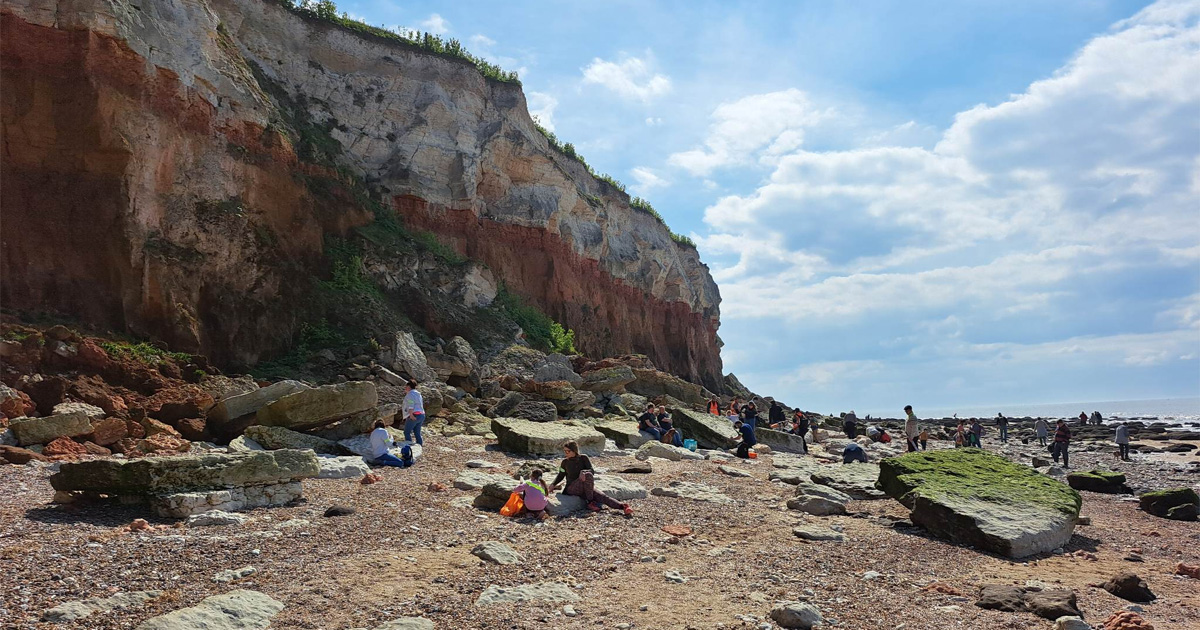
National Highways will be forced to restore a piece of Norfolk’s railway heritage after it was filled in with concrete.
West Norfolk Council has ordered the agency to reverse its ‘infilling’ of Congham Bridge, on the former Lynn to Fakenham line.
Councillors voted unanimously in favour of making the government-owned company restore the structure, saying it had “obliterated” Norfolk’s history by pouring thousands of tonnes underneath it.
One member acknowledged the move would create a further expense for the taxpayer but said it was worth it, adding he hoped it “might mean less bonuses for National Highways bosses”.
The agency carried out the infill work two years ago, saying it was vital to make the crossing safe.
But it sparked widespread outrage among locals and heritage groups ultimately leading to yesterday’s decision.
Congham Bridge is one of just six which were built in the 1920s by William Marriott, engineer of the Midland and Great Northern Railway, featuring curved wingwalls.
The Lynn to Fakenham line closed in 1959 but the bridge has remained in use, carrying a quiet country road, St Andrews Lane, across the now-abandoned track.
But a century after it was opened, it had become corroded and began to develop fractures.
National Highways carried out the work under emergency powers in March 2021, claiming it was a cost-effective solution to ensure the long-term safety of the bridge after it found a number of “serious structural issues”.
It cost more than £126,000 to complete.
Fiona Smith, senior civil engineer for the heritage railway estate team at National Highways, defended the infill, arguing alternatives would have cost more and required ongoing maintenance.
“This was the best option,” she said.
But the Heritage Railway Estate Group criticised National Highways, arguing it had misrepresented an assessment of the bridge’s state of disrepair in 2019, which described the overall condition as “fair”.
Following the uproar, West Norfolk Council told the agency to seek retrospective planning permission.
When it did so, it attracted more than 360 objections, including from Congham Parish Council which said it was not properly consulted.
Clerk Ophelia Donovan also argued National Highways’ claims the infill was carried out as an emergency didn’t stand up as it took 17 months from start to finish to carry out the work.
At the West Norfolk Council planning committee meeting on Monday, members criticised the justification for the work, arguing cost-saving had been prioritised over protecting Norfolk’s heritage.
Vivienne Spikings said: “This was a shining example of architecture but now, for no reason whatsoever, National Highways has obliterated our past with this cheap infill. You can do better.”
Alun Ryves acknowledged that the restoration of the bridge will be a “huge cost to the taxpayer” but that in this instance, painting the county’s heritage is “more important”.
“It might mean less bonuses for National Highways bosses, which I would welcome” he added.
Simon Ring called National Highways’ claims that it would help reduce fly tipping “ridiculous” and said having looked at the evidence “It didn’t sound like it was going to fall down to me”.
The HRE Group praised West Norfolk Council’s decision, saying it is “delighted” that enforcement action will ensure the structure’s return to its previous state.
But National Highways has said it will appeal the decision, arguing its actions were “driven first and foremost by safety”.
Hélène Rossiter, head of the historical railway estate, said: “While we respect the views expressed, we do not feel that the decision adequately reflects the safety concerns we have for Congham Road bridge.
“National Highways is proud of our role in preserving the historical railway estate for the nation.”
The agency has spent more than £8m on infilling 51 bridges since it assumed the responsibility for managing the Historic Railway Estate in 2013.
But these actions have come under increasing scrutiny by heritage groups including the HRE Group and Save Britain’s Heritage.
It is now the second time the agency will be forced to restore a historic bridge.
Engineers have begun digging out hundreds of tonnes of concrete from Great Musgrave Bridge in Cumbria after Eden District Council ordered it to restore the Victorian structure last year.
It is estimated this could cost £431,000 to complete.
Following the outcome, National Highways has said it will ensure it seeks full planning permission before carrying out work like this in the future.
A piece of railway history
Congham Bridge was built in 1923 as part of the Midland and Great Northern Joint Railway network.
The railway route connected South Lynn with Fakenham before continuing on to Great Yarmouth.
It was built following the designs of William Marriott, who was instrumental in the development of Norfolk’s railways.
At 183 miles the M&GN train system was the longest of the joint railways, linking Great Yarmouth and Sutton Bridge.
But following the Second World War, the railways had fallen into disrepair and certain sections began to be closed.
The final engines travelled along the line in 1959.
This preceded the Beeching Cuts the following decade, which led to vast sections of the railway network to be closed.













